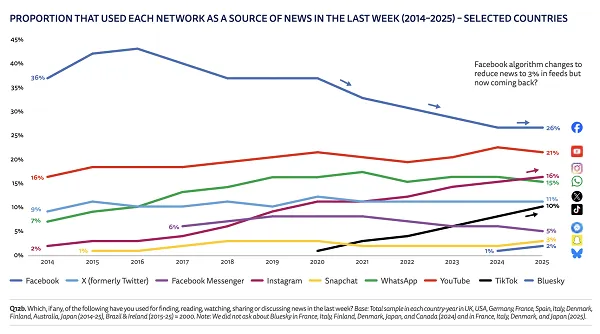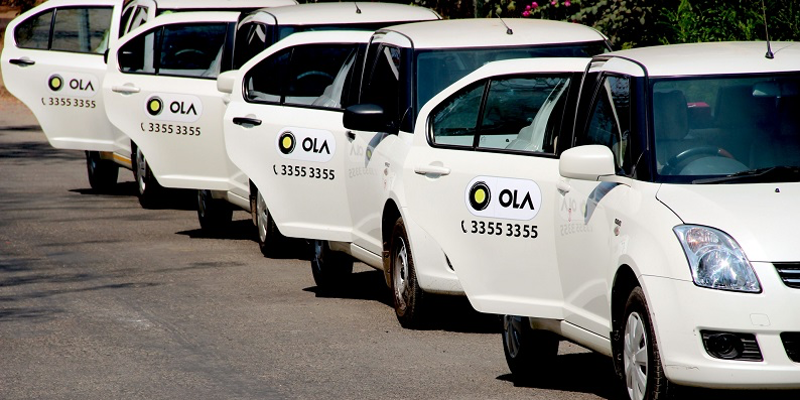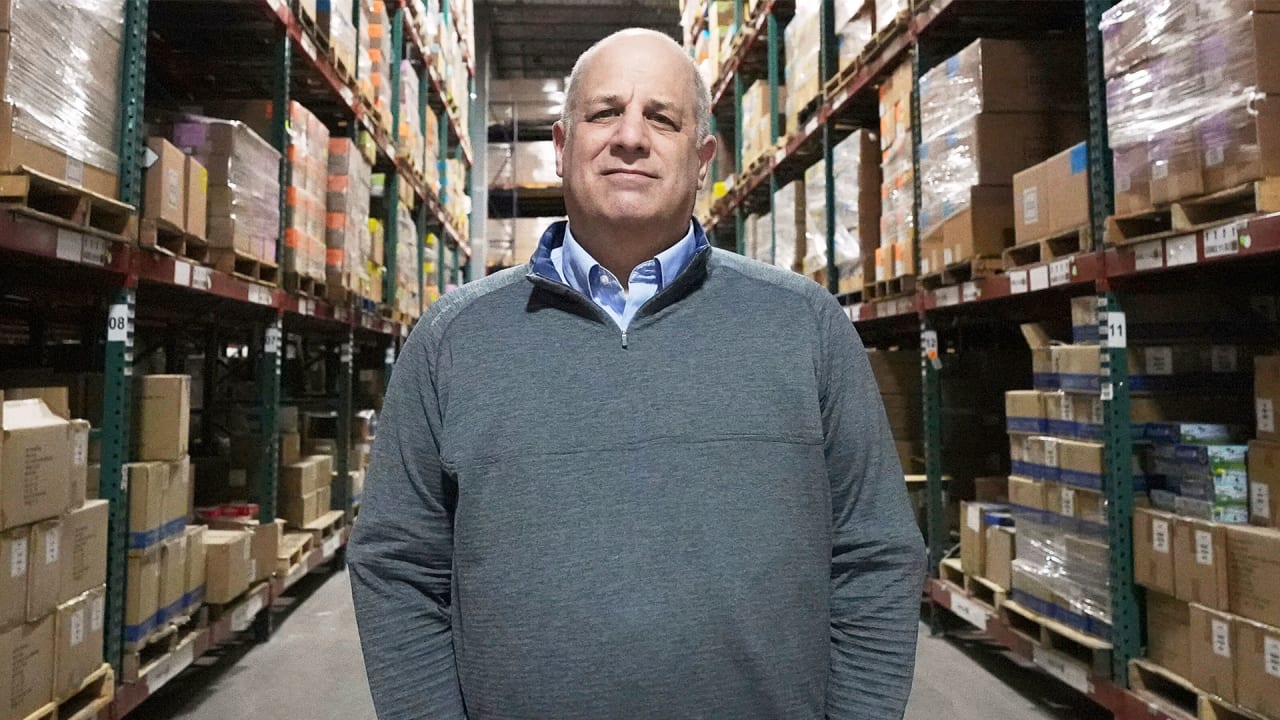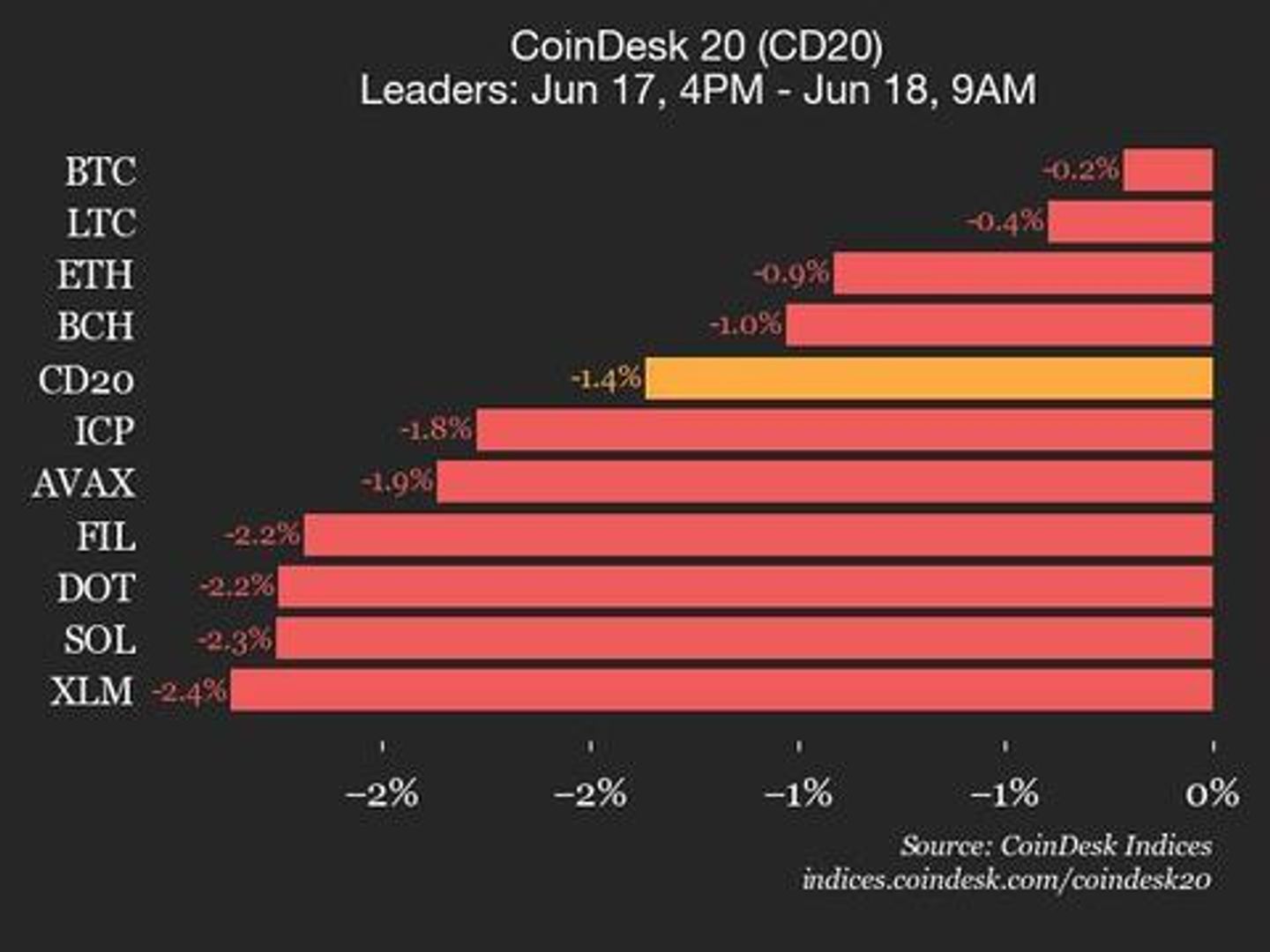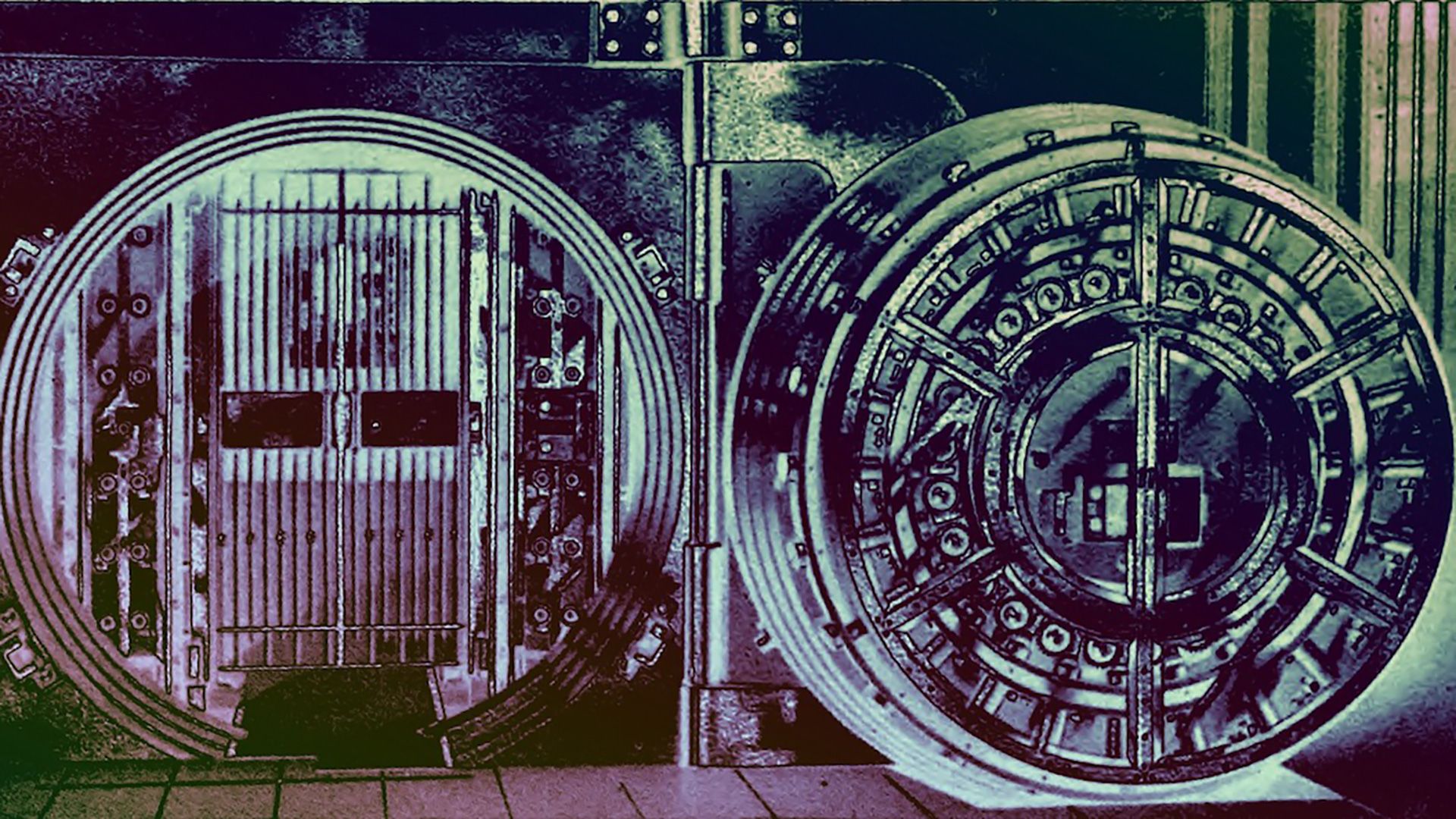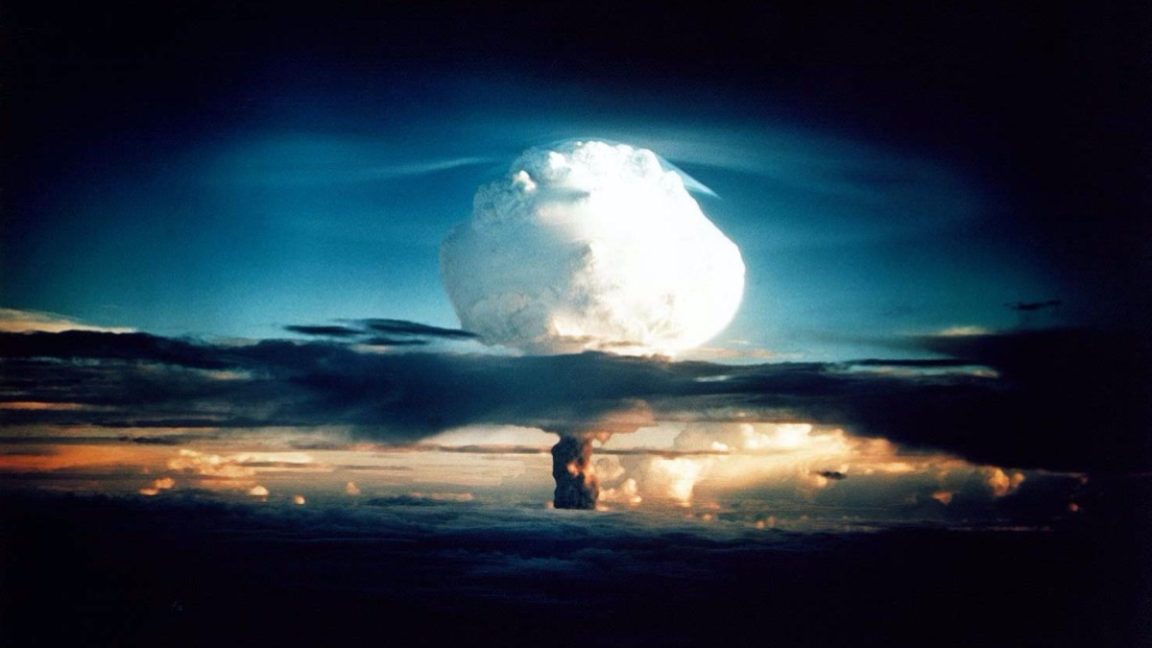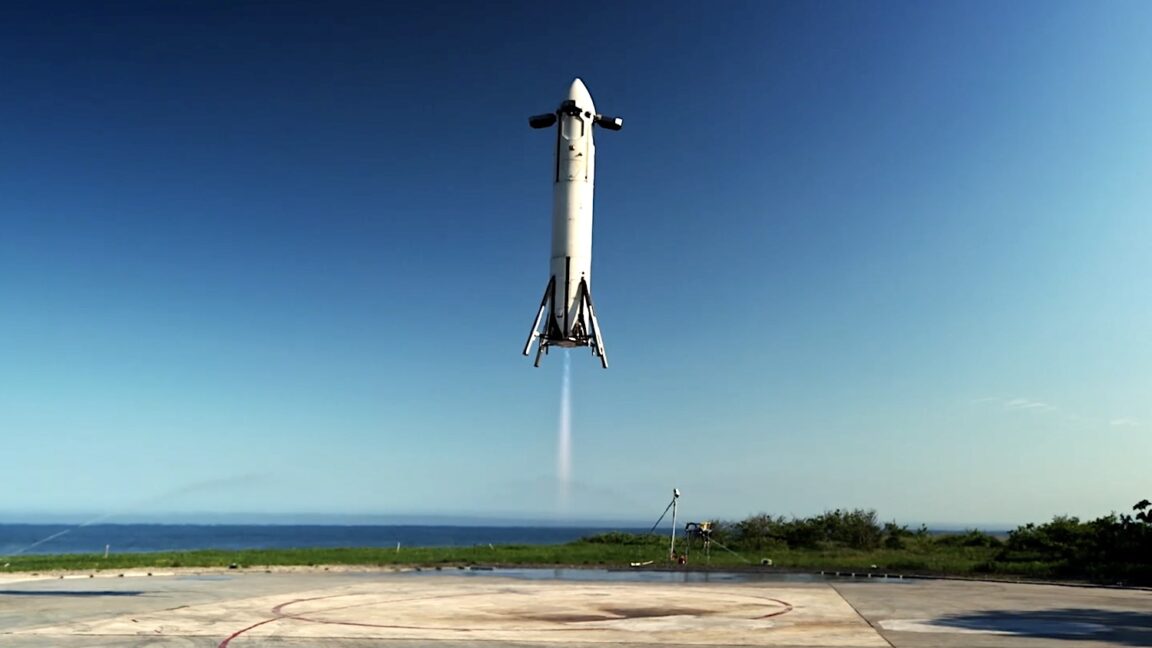Why can't Apple leave China?
Apple might diversify a few assembly lines, but the beating heart of its manufacturing empire still belongs to China. For now—and likely, for a long time to come.


Despite all the headlines about Apple shifting iPhone production to new shores, the reality is this: China remains Apple’s irreplaceable manufacturing heartland. From infrastructure and technical skill to supply chain density and production speed, no other country even comes close to matching what China offers.
Let’s break down exactly why Apple can’t just pack up and leave—because the iPhone may be designed in California, but it’s still very much made in China.
A Supply Chain Like No Other
China has spent decades building a hardware supply chain that is both deep and wide. Apple relies on more than 1,600 suppliers to make its products, and an overwhelming majority of those are based in China. These suppliers aren’t just assembling iPhones—they're making camera modules, display panels, batteries, advanced chips, and more.
This dense supplier ecosystem means everything Apple needs is just a few kilometers away. The company doesn’t need to ship components across continents, reducing time, cost, and error margins. It’s not just efficient—it’s irreplaceable.
Scale That’s Impossible to Copy
According to industry reports, China currently produces nearly 80% of all iPhones, amounting to 160–180 million units a year. The country’s production scale is simply unmatched.
Apple’s supposed plan is to eventually split production 50–50 between China and other countries. But even that idea is a logistical mountain. For instance, the U.S. alone consumes over 60 million iPhones annually. That means any alternate hub would need to double the current output just to serve two markets—something no other country is close to achieving.
And China does this while maintaining high levels of quality and yield, something other regions still struggle with.
The Infrastructure Advantage
You can't build world-class products without world-class infrastructure. And China has invested trillions into it—ports, roads, airports, high-speed railways, and power supply networks that are all optimized for 24/7 manufacturing.
Factories run non-stop with consistent power, minimal downtime, and near-zero logistical hiccups. In China, goods move from the assembly line to the shipping container in a matter of hours. The efficiency isn’t accidental—it’s built into the bones of the system.
High-tech Manufacturing Talent
China is no longer just about cheap labor. In fact, labor costs in many regions are higher than in Southeast Asia. What sets it apart now is precision talent. Workers in China are trained to operate sophisticated machines, meet tight tolerances, and deliver on demanding timelines.
Companies that supply Apple—like Foxconn, Luxshare, and BYD—have developed decades of expertise in tooling, automation, and process engineering. Apple needs this level of competence to maintain its global brand promise. You don’t just build that skill from scratch in a new country.
Cost, Coordination, and Quality
For Apple, manufacturing isn’t just about making things—it’s about making them right, fast, and at scale. China enables all three.
Suppliers compete aggressively on price while maintaining quality. Shipping channels are predictable. And government policies actively support advanced manufacturing zones through tax benefits and rapid approvals.
Even when Apple experiments with other locations, many of the high-value components—like chipsets, camera lenses, and specialized modules—are still imported from China. So, shifting the final assembly does little to reduce real dependence.
The Ecosystem Effect
Perhaps the most underappreciated aspect of China’s manufacturing dominance is its ecosystem synergy. In cities like Shenzhen, hardware startups and tech giants coexist within the same urban grid. Engineers can prototype, iterate, and mass-produce—all in the same week.
That speed of execution is essential for Apple’s annual product cycle. When you're launching a new iPhone every September, delays cost billions. China’s manufacturing muscle allows Apple to scale up and ship tens of millions of units almost overnight.
So, why can’t Apple leave China? Because no other country offers the same mix of scale, skill, infrastructure, and supplier density. China doesn’t just make iPhones—it makes the making of iPhones possible.
Until another nation can match that complete package, China will remain Apple’s home base for manufacturing. And no matter how the headlines spin it, that’s not changing anytime soon.
Edited by Rahul Bansal




